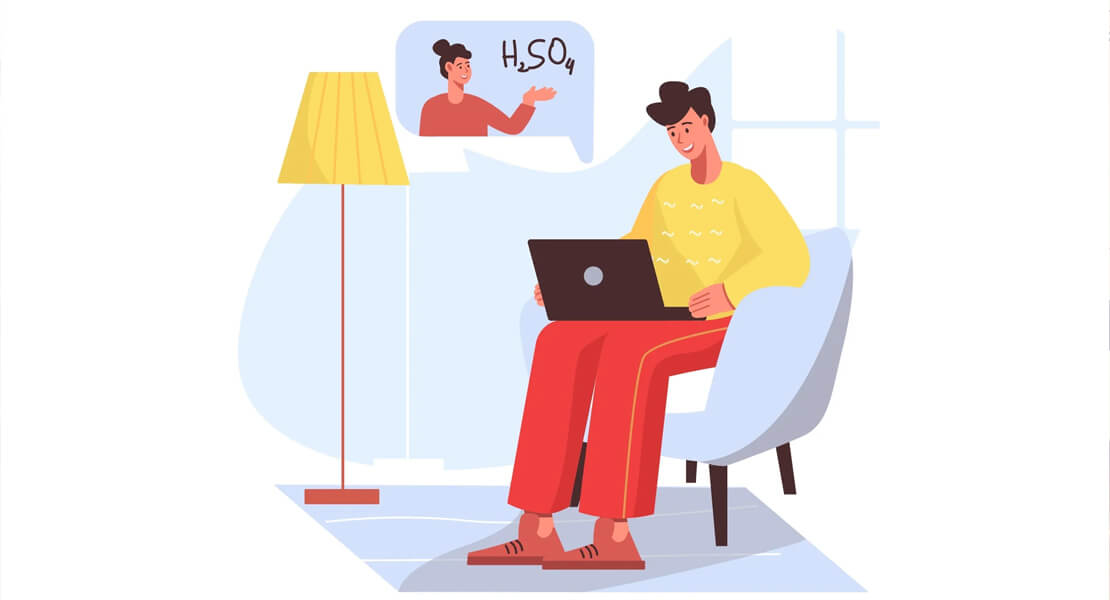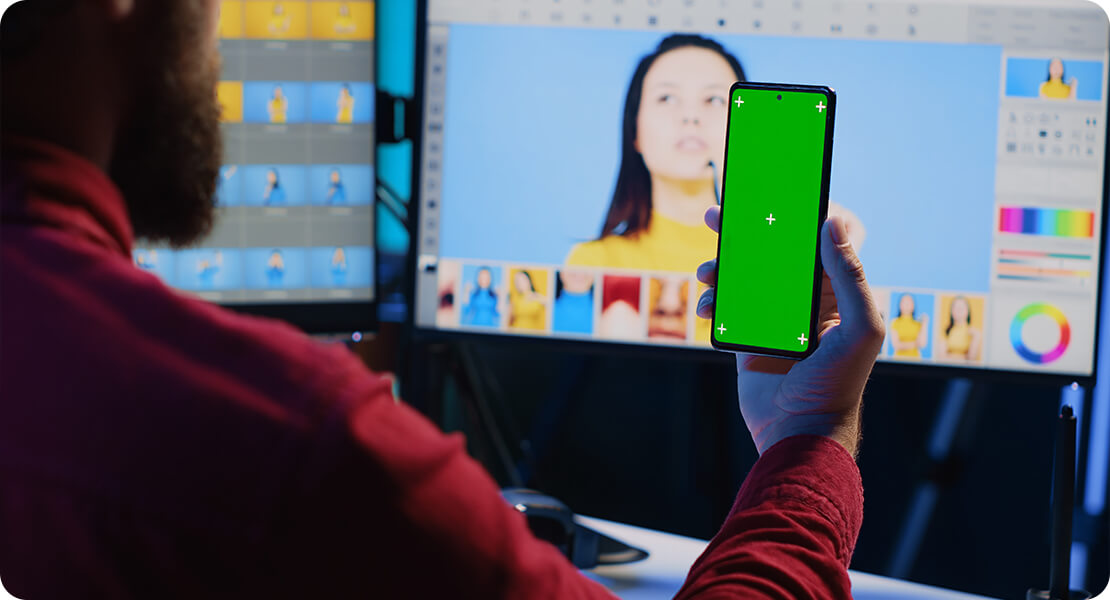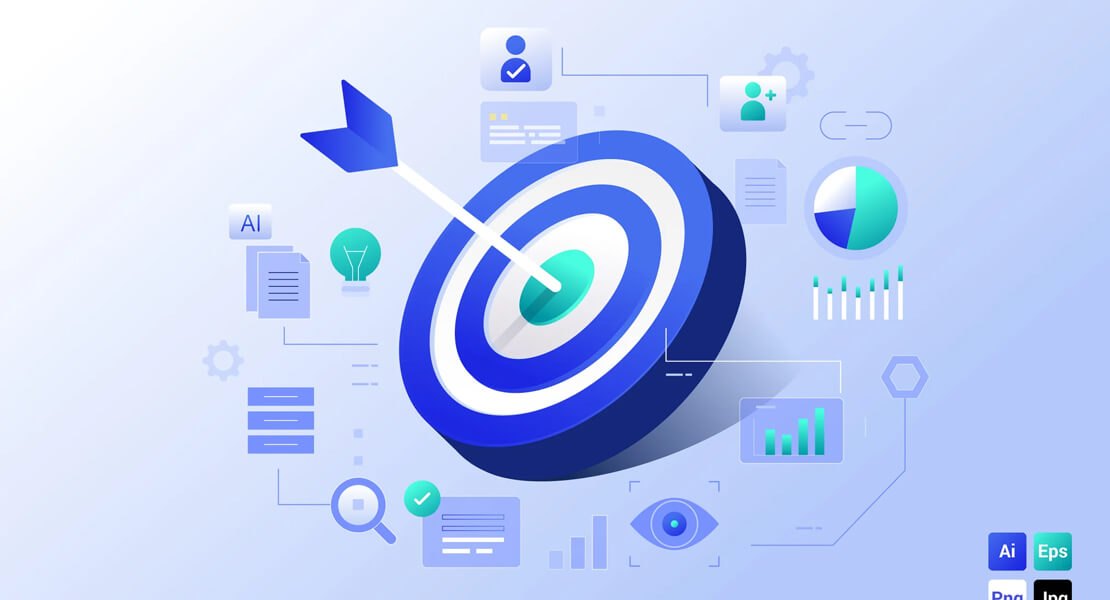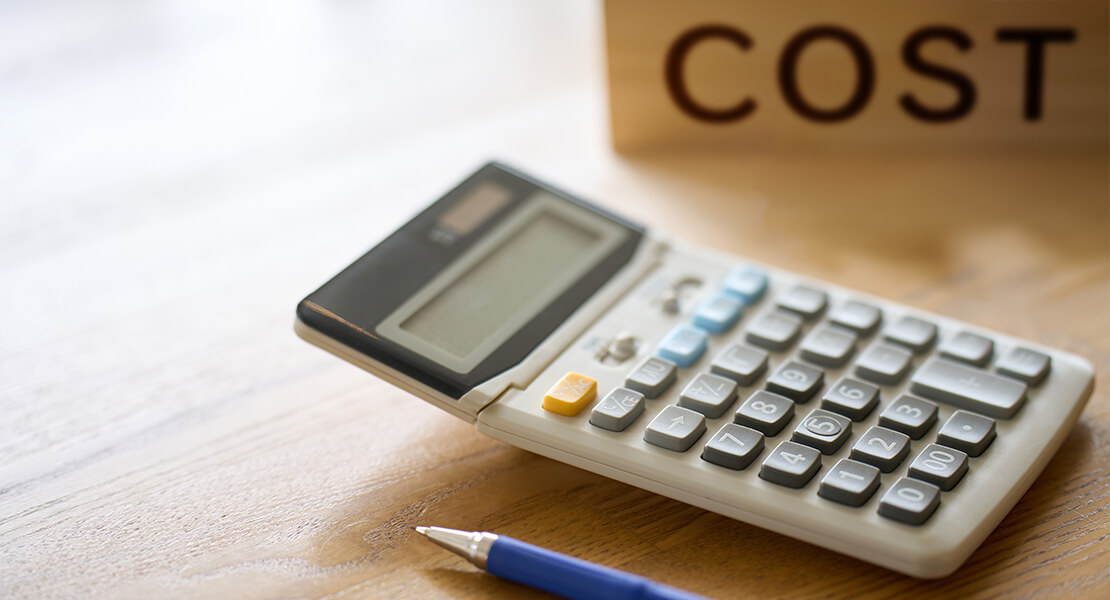
In a world overflowing with content, brands face a constant challenge: how to stand out, connect with audiences, and communicate their message effectively. Traditional marketing channels have their place, but more and more businesses are discovering that animation isn’t just for children’s films or quirky YouTube videos—it’s one of the most powerful tools for brand storytelling. And it’s changing the game entirely.
Animation offers a unique blend of creativity, clarity, and emotion. It captures attention in seconds and turns even the most complex ideas into visually engaging stories. Whether you’re launching a new product, explaining a service, or building long-term brand identity, animation allows you to do it with personality, precision, and impact.
Animation Brings Brands to Life
Unlike live-action, animation isn’t bound by reality. You’re not limited by location, lighting, actors, or even physics. That means your brand story can be as imaginative, expressive, or abstract as you like. Whether you’re illustrating a complex process, a unique value proposition, or an emotional journey, animation gives you the creative freedom to visualise it in a way that’s both compelling and memorable.
You can literally build a world from scratch—designing every detail to reflect your brand’s personality and values. Want to take your audience inside the mind of your customer? Or travel through a microscopic ecosystem to explain your eco-friendly ingredients? Animation makes it possible, without the constraints or costs of live-action production. It gives your marketing the scope of cinema with the control of design.
Need to explain how your product works? A sleek motion graphic can do it in 30 seconds, reducing friction and boosting clarity. Want to humanise your company? Animated characters can embody your tone of voice, inject warmth, or bring a sense of fun—even if your offering is serious or technical.

It also allows for subtle branding integration. Backgrounds, colour schemes, and character design can all reinforce brand identity without needing to slap a logo in every frame. The end result is marketing that feels seamless, purposeful, and crafted.
What’s more, animation is a universal visual language. It crosses borders, breaks down language barriers, and works for audiences of all ages. Whether your viewer is in Birmingham or Bangkok, animation gives you a shared visual vocabulary that makes your message stick.
In short, animation removes barriers and brings even the most niche or technical ideas to life in a universally accessible way—while giving your brand a unique, ownable visual identity.
Emotion at the Core
Storytelling is about connection, and connection is built on emotion. Animation excels here, offering a versatile canvas for tone. You can switch from light-hearted to sincere in a heartbeat, or create visual metaphors that say more than words ever could. The use of colour, timing, movement, and music all work together to evoke specific feelings—and that emotional resonance sticks with your audience.
Animation lets you exaggerate for effect, or go subtle to make a moment land quietly but powerfully. A character’s eyes widening in realisation, a slow zoom as music swells, or a sudden visual shift—all of these tools help craft emotional depth. And because you’re not limited by realism, you can push these moments to feel even more vivid or poetic.
It’s also perfect for showing internal emotion. In live-action, inner monologue or feelings often require dialogue or narration. In animation, you can visualise them instead. A rising tide to symbolise anxiety. A flickering light to represent hope. These aren’t just artistic flourishes—they’re emotional shortcuts that make your message hit home faster and harder.
Music plays a huge role too. The right score or sound design can amplify mood, trigger nostalgia, or even define brand tone. Combine that with strong animation and you’ve got a recipe for real emotional engagement.
Think about the power of a simple character shedding a single animated tear, or the upbeat charm of a bouncy logo animation. These moments, when crafted with care, build trust and make brands feel more human—even when the medium is anything but.
In a noisy digital world, emotion cuts through. And animation, when done right, doesn’t just entertain or explain—it connects. It gives your brand a beating heart and makes your message matter. That’s the emotional advantage animation delivers—and it’s one that sticks long after the screen goes dark.
Perfect for Explaining the Complex
Some products or services are naturally tricky to explain—think software platforms, medical tech, or supply chain logistics. A wall of text or even a filmed demo can feel overwhelming or, worse, boring. Animation simplifies. It distils information into digestible, engaging content. Abstract ideas become clear visuals. Processes become flows. Data becomes stories.
Complexity isn’t the enemy—confusion is. The beauty of animation is that it breaks down intricate systems into bite-sized, visualised moments. You can show how your app solves a problem, map out an entire ecosystem, or guide users through a process—without ever needing a presenter or studio. Animation allows you to zoom in, slow down, and highlight exactly what matters.

Explainer videos, in particular, have become a staple in brand communication—and animation is the format of choice for good reason. With the right script and visuals, you can educate your audience without losing their attention. You can balance personality with clarity, and narrative with function.
And when done well, animated explainers don’t just inform—they stick. They can be replayed, shared, localised, and embedded across your digital presence. Need subtitles in five languages? No problem. Want to turn one long animation into five short clips for social media? Easy. Animation is flexible without losing its core message.
It’s also less dependent on trends or styles that date quickly. Unlike live-action, which might age with fashion, locations, or casting, animated explainers often have a longer shelf life. They feel intentional, evergreen, and professional.
So whether you’re launching a new SaaS product, pitching to investors, or onboarding new users, animation is your secret weapon. It cuts through complexity with clarity and charm—leaving your audience smarter, not more confused. And that’s a win for any brand trying to build understanding and trust.
Consistency and Control
One of animation’s biggest advantages is control. With live-action, you deal with unpredictable variables: lighting, weather, human performance. Animation, on the other hand, gives you consistency from start to finish. Every frame, every colour, every voiceover can be tailored to match your brand identity.
This consistency is key to building a recognisable and trustworthy brand. In animation, your characters never have a bad hair day. Your environments are always perfectly lit. Your brand colours stay true across every shot. That precision allows you to shape how your brand is seen—down to the smallest detail.
It also means your tone of voice can remain steady. Whether you’re serious, playful, aspirational, or technical, animation lets you control every aspect of the delivery. You’re not relying on an actor’s interpretation or a camera angle to sell the mood—it’s all built into the design, motion, and voiceover.
Another massive benefit is scalability. Once you’ve created an animated style or visual language, it can be applied across a suite of assets. Want to adapt your explainer for mobile? Done. Need to build a version for different regions or campaigns? Easy. Updating animation is often faster and cheaper than reshooting live content.
This makes animation a long-term investment. You’re not just creating one video—you’re building a toolkit. Characters, icons, transitions, and backgrounds can all be reused and repurposed, helping you stay consistent across time, platforms, and formats.
Even better, animation is less risky. No shoot days, no casting issues, no travel costs. You work to a timeline, a storyboard, and a schedule—giving your marketing and creative teams more predictability and control.
In short, animation gives brands the ability to tell stories with precision, polish, and repeatable results. It’s a tool that empowers you to show up consistently and creatively—every single time.
Incredibly Versatile Across Platforms
Animation is platform-flexible. It looks just as good on a smartphone screen as it does on a big projector at an event. You can break it down into snippets for Instagram Reels, TikToks, or banner ads. You can loop it silently at a trade show or pair it with voiceover for an email campaign.

But its versatility goes even further. Animation can be optimised for landscape, portrait, or square formats without losing clarity or impact. This means your content stays strong whether it’s on YouTube, LinkedIn, a website homepage, or a digital billboard. And with people consuming content across multiple devices, that consistency is invaluable.
You can also rework a single animation into multiple assets with ease. A 60-second explainer can become ten 6-second teaser ads, a handful of GIFs for social, and even a visual theme for a newsletter or blog. The ROI is huge—one production, endless creative possibilities.
And let’s not forget A/B testing. Because animation assets are modular and editable, you can tweak colours, messaging, and timing to test what resonates best. It gives marketers the freedom to experiment without starting from scratch each time.
Animation’s visual appeal also works well in sound-off environments, which is especially important for social media where auto-play videos are often muted. You can convey emotion, deliver information, and draw attention without needing a voiceover—just with smart motion design and on-screen text.
Whether your goal is to increase brand awareness, drive engagement, or convert leads, animation can be tailored for every stage of the funnel. It’s equally effective in top-of-funnel brand videos and bottom-of-funnel product demos. This adaptability gives brands serious value for money. A single animation project can generate a library of assets that work across the entire marketing funnel—from awareness to conversion—and beyond.
Accessible to a Wide Audience
Another win for animation? It transcends demographics. It’s not gendered. It doesn’t rely on casting choices. It can be translated or captioned easily. Whether your audience is global or local, young or old, you can design characters and stories that speak directly to them—visually, emotionally, and culturally.

This accessibility makes animation an ideal tool for inclusive marketing. You can design characters with diverse appearances, expressions, and personalities without being restricted by physical limitations or real-world casting. You can represent different cultures, abilities, and experiences in ways that feel genuine and relatable.
It also removes some of the unconscious biases that can slip into live-action content. With animation, you’re not making assumptions about age, race, gender, or background—you’re creating a more neutral, imaginative space where everyone can see themselves reflected.
From a practical standpoint, animation also supports localisation with minimal fuss. Dialogue can be dubbed or swapped, captions added, and voiceovers changed without affecting the visuals. That means a single animation can reach multiple markets with minimal rework, making it ideal for global campaigns.
And because animation can simplify, visualise, and stylise ideas, it’s especially useful for industries that struggle with audience engagement—like finance, healthcare, insurance, or education. A subject that might seem dry or complex on paper becomes far more inviting through animated storytelling. You can explain serious topics like cybersecurity, budgeting, or chronic illness with warmth, clarity, and even a touch of humour.
For younger audiences, animation is second nature. It’s how they learn, play, and absorb information. For older audiences, it can offer clarity without condescension. It bridges gaps in understanding, breaks down generational barriers, and levels the playing field for communication.
In short, animation is one of the most democratic storytelling tools available. It speaks to everyone—and it does it with style.
Built for the Digital Age
In an era of short attention spans and algorithm-driven feeds, animation grabs attention fast. Its visual nature stops the scroll. When done right, it encourages sharing, boosts dwell time, and increases brand recall. Animated videos often outperform static content and live-action in key metrics like click-through rates, social engagement, and retention.
The reason is simple: animation is designed to move. It draws the eye. Whether it’s a character blinking, an icon pulsing, or a scene transitioning with flair, those subtle movements hold attention in a way that flat graphics or photos can’t. And in a digital world where milliseconds count, that’s a powerful edge.
Animation also works exceptionally well in sound-off environments. With the right motion, on-screen text, and visual storytelling, your message still lands—even if the viewer never turns the volume on. That makes it ideal for platforms like Instagram, LinkedIn, and TikTok, where autoplay is the norm.
And because animation tends to be evergreen—less dependent on trends, fashion, or dated references—it has a longer shelf life than many other forms of content. A well-crafted animated explainer or brand story can remain relevant for years, particularly if it’s designed with timeless visuals and universal themes.
It also adapts beautifully to data and storytelling. You can animate statistics, customer journeys, or product benefits in a way that’s both visually striking and easy to digest. This makes animation a go-to format not just for marketing, but for internal comms, training, and stakeholder presentations.
In the digital age, content is everywhere—but truly effective content is rare. Animation cuts through the noise. It meets audiences where they are, on the platforms they use, with content that’s made to move, engage, and stick. For modern brands, it’s not just a nice-to-have—it’s a digital essential.
Cost-Effective in the Long Run
While animation can require upfront investment, it often pays for itself over time. There’s no need for reshoots, location hire, or actor availability. Assets can be reused, repurposed, and updated without starting from scratch. For brands thinking long-term, that’s a major strategic advantage.

Unlike live-action, where even small changes might require an entirely new shoot, animation offers flexibility. Need to swap out a logo, update a product feature, or localise the message? It’s as simple as adjusting the visuals or audio in your project files. No weather delays. No travel expenses. No complicated logistics.
Additionally, many animation assets are modular. That means once you’ve developed characters, environments, or visual elements, they can be reassembled in new ways to create fresh content. A single character designed for a brand film can later appear in how-to videos, social media posts, onboarding tutorials, and more—saving time and budget with each reuse.
This also makes animation a smart choice for content-heavy businesses. For example, SaaS companies that regularly roll out new features, or organisations with training programmes that evolve over time, can update their animations incrementally rather than producing everything from scratch. It’s scalable, sustainable, and adaptable.
From a marketing perspective, animation also offers high ROI across channels. A 60-second animation might cost more upfront than a stock image campaign—but if that same video drives up conversions, reduces customer support queries, and boosts retention, the return is clear. Plus, it can be trimmed, captioned, and reformatted to fit every part of the funnel.
Lastly, the quality of animation doesn’t degrade over time. There’s no grainy footage or outdated backdrops. If the message still stands, the animation still works. And that kind of durability is gold in a fast-moving digital landscape.
In short, animation isn’t just creative—it’s cost-effective. It’s an investment that keeps delivering long after the initial brief is complete.
Conclusion: Animation Isn’t a Trend—It’s a Strategy
Animation isn’t a novelty anymore—it’s a strategic asset. It helps brands tell richer stories, communicate more clearly, and connect more deeply with their audience. It turns abstract ideas into emotional experiences. And most importantly, it meets the demands of the modern digital world.
It’s flexible, scalable, and built for a multi-platform landscape. It gives you visual consistency, emotional range, and creative freedom—all while making your message more memorable. And because it transcends age, language, and location, it’s one of the few mediums that can genuinely speak to everyone.
So whether you’re a startup looking to make a splash, or an established brand wanting to refresh your voice—don’t overlook the power of animation. Because when it comes to storytelling, nothing gives you more tools to play with—or more freedom to be unforgettable. If you’re interested in boosting your brand’s storytelling with animation, feel free to contact us here at Spiel for a free consult.

